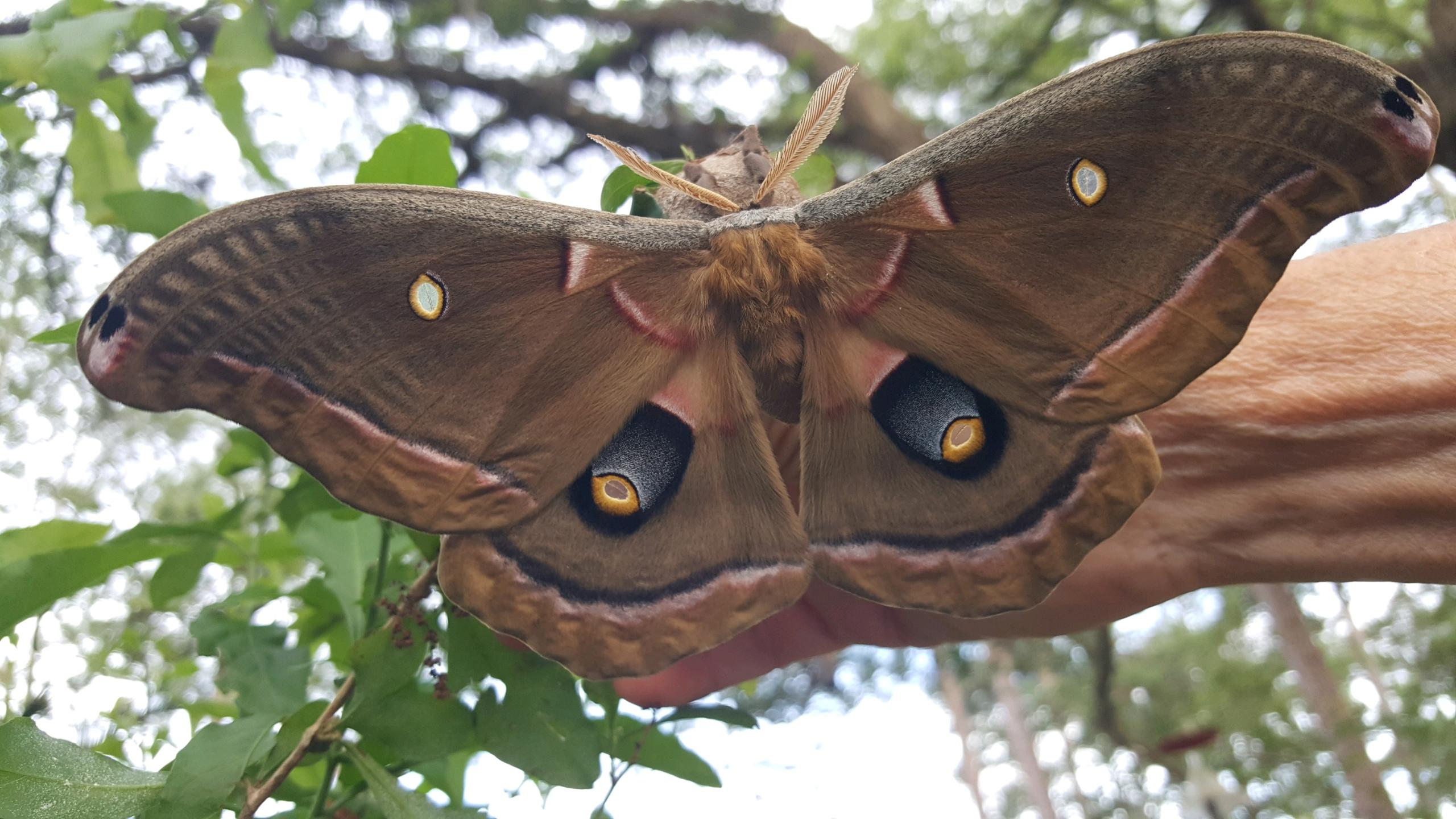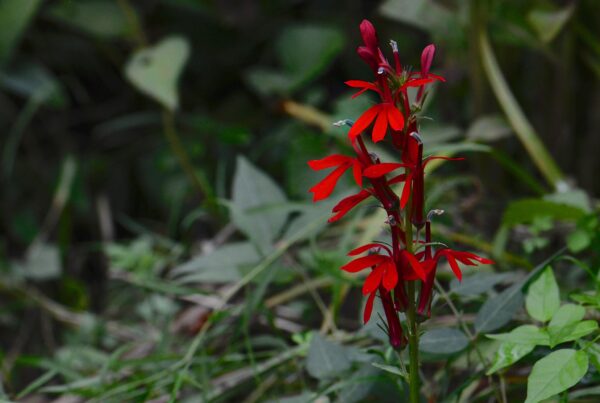Some things are so remarkable they beg to be shared. With more time at home, many of us are seeing things in the natural world we’ve never seen. Ordinary events can be extraordinary when we see them unfold for the first time, and we’re sharing these events, sometimes with family close by, and often in pictures with friends.
Wonderful pictures of a newly emerged giant silk moth called Polyphemus, Antheraea polyphemus, were recently shared with me. Hanging with its wings folded, the moth’s size and antennae are noticeable features. Its wingspan is 4-6 inches and the comb-like antennae are sensitive to smell, useful for finding food or mates, and possibly navigation. Polyphemus has eyespots on all 4 wings, with two distinctive spots said to mimic the eyes of a larger animal – maybe even a Great Horned Owl. That should be enough to scare off a host of predators!
The Polyphemus moth can live in a variety of habitats: deciduous hardwood forests, urban areas, orchards and wetlands.
The pictured moth made a cocoon under a large oak on a plumbago plant. The caterpillar spins a cocoon of silk often wrapped in leaves of the host plant. In some regions the pupa stage lasts about 2 weeks; in others, the pupa will overwinter. The caterpillar feeds on a variety of trees and shrubs and eats up to 86,000 times its own weight! Even with this appetite, the caterpillars usually aren’t present in large enough numbers to damage the host plants.
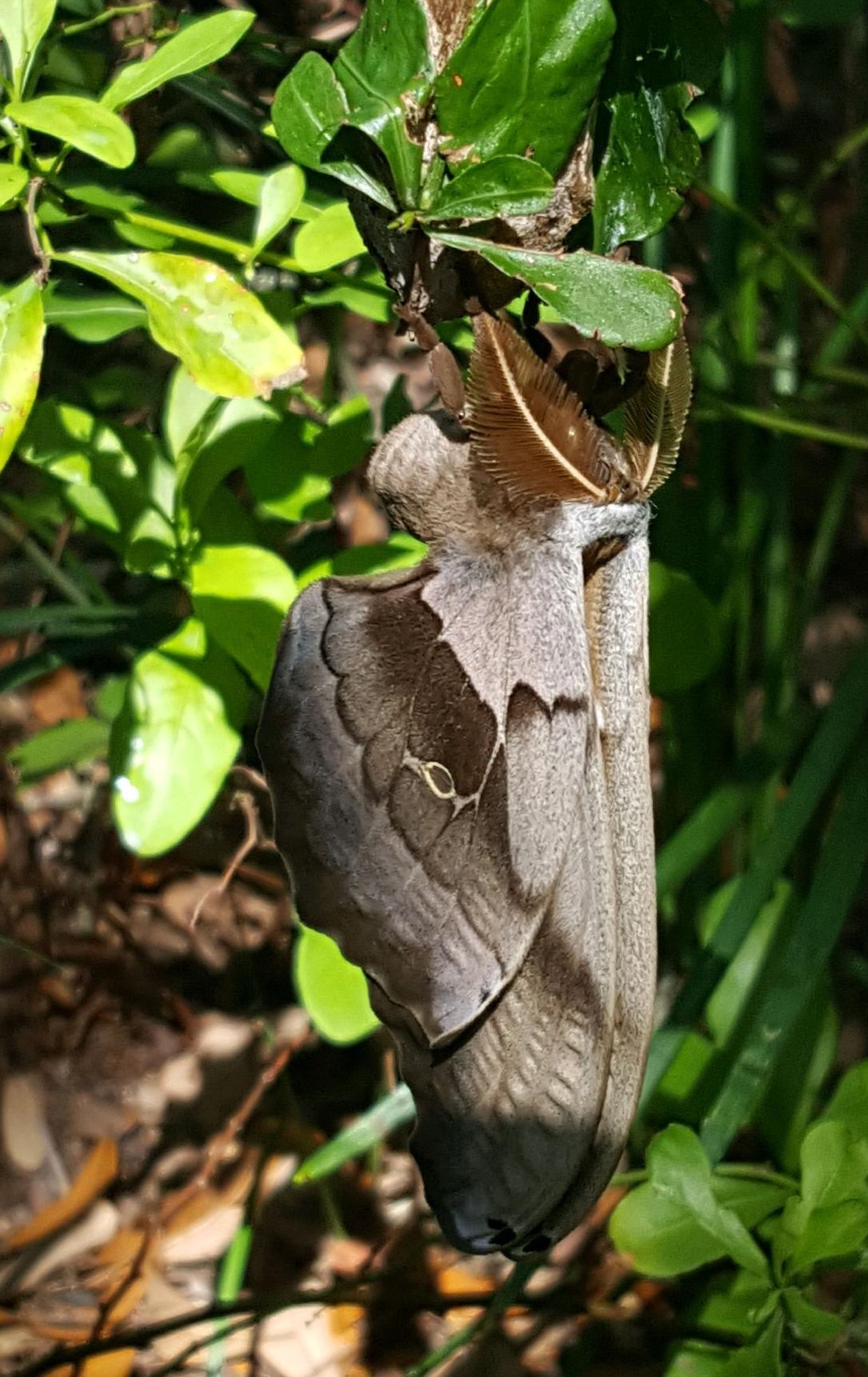
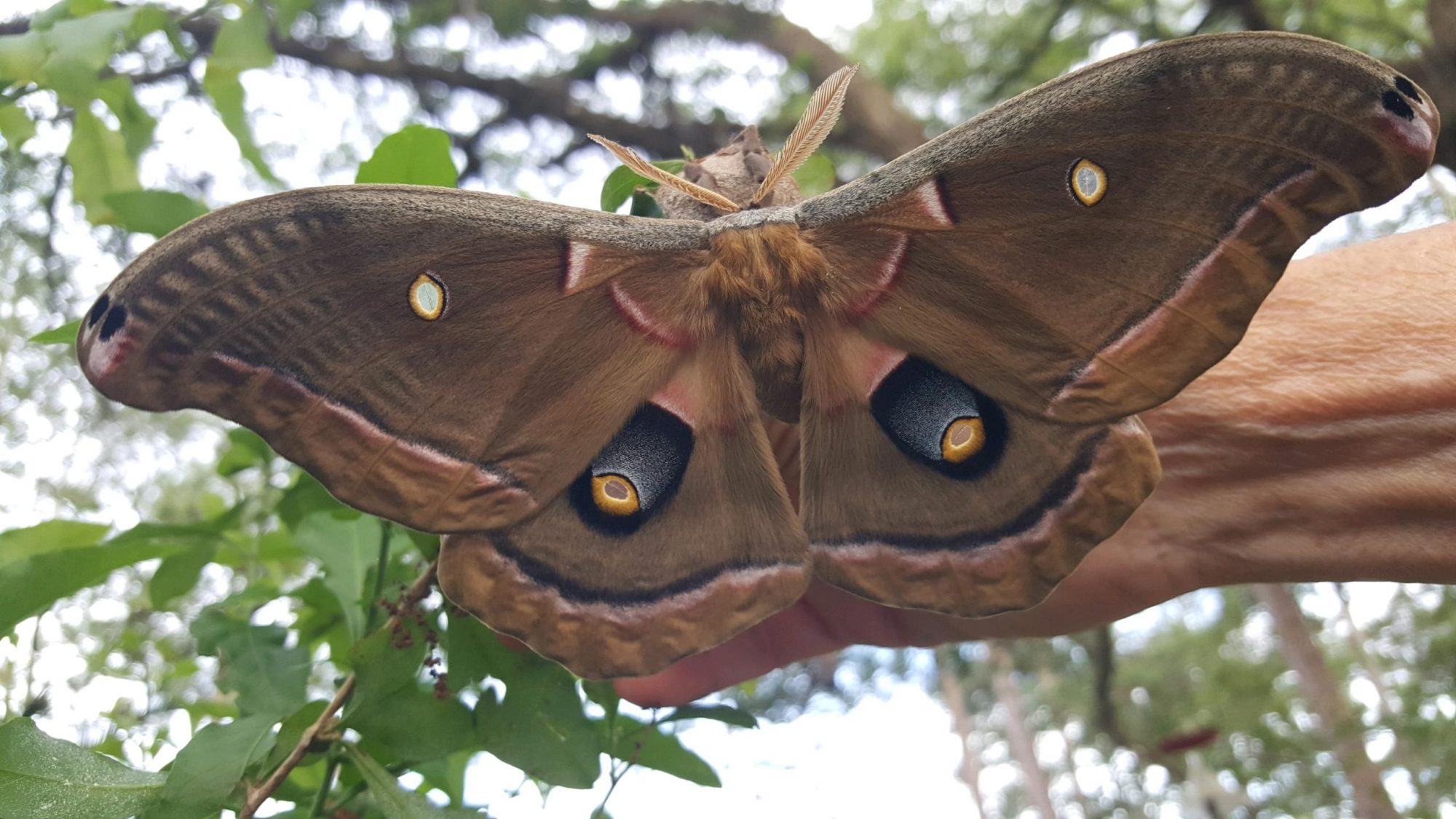
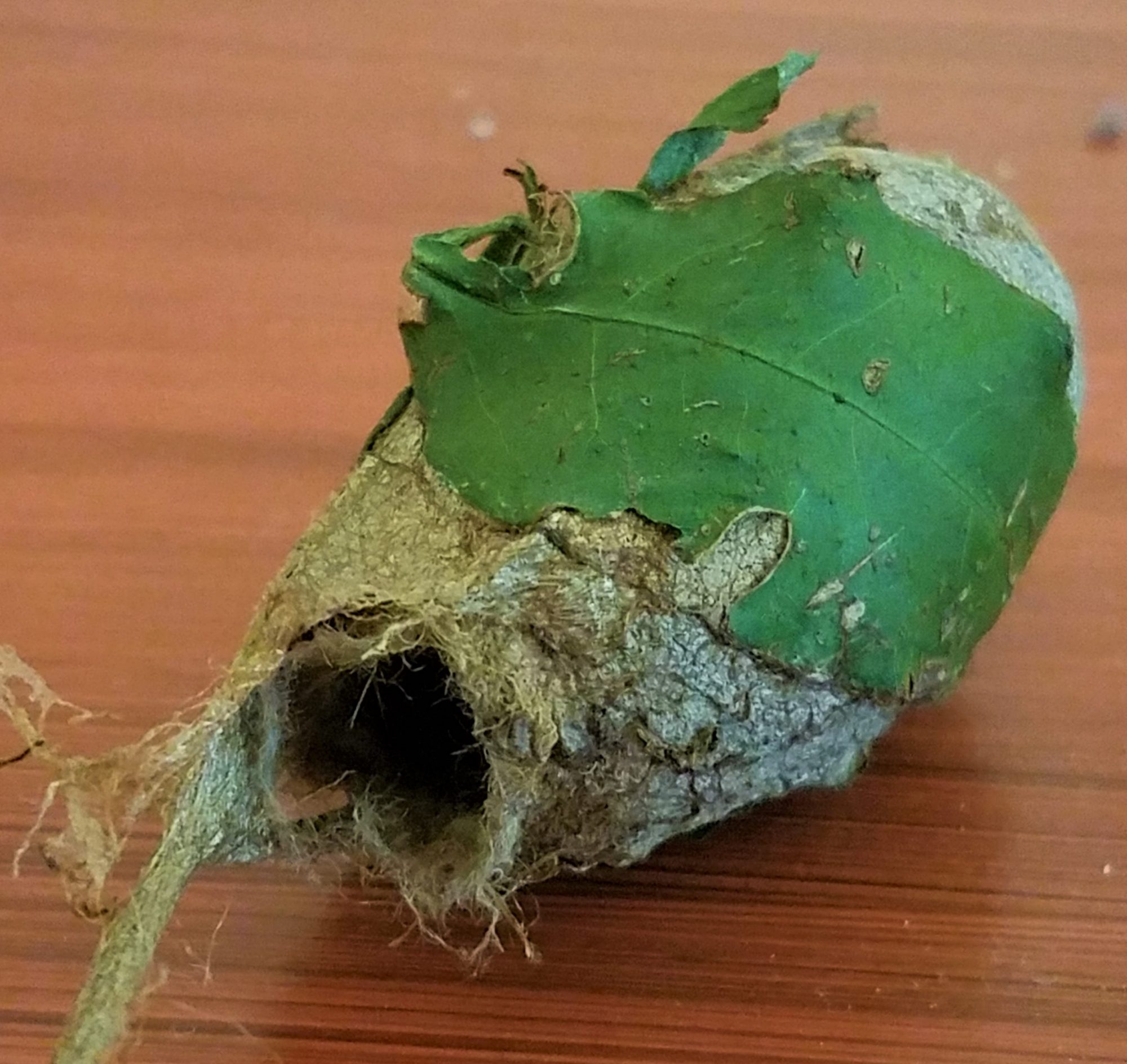
In cold climates, the Polyphemus only has one or two broods a year. In Florida, emergence of the moth is staggered so adults are present all year. The moth emerges from the cocoon in the afternoon in time to dry and strengthen its wings. It then flies off to mate in the evening. Many species of moths are night-time pollinators, but the adults of this giant silk moth live less than a week and don’t feed at all. The role of this moth in the eco-system seems to be as prey in its larval and pupa stage for some insects, woodpeckers, raccoons, and squirrels. It’s hard to imagine this marvelous moth’s role is to provide tasty caterpillars and pupa for the food web, but nature works in strange and fascinating ways.
For more information go to:
https://animaldiversity.org/accounts/Antheraea_polyphemus/
http://entnemdept.ufl.edu/creatures/MISC/MOTHS/polyphemus_moth.htm


